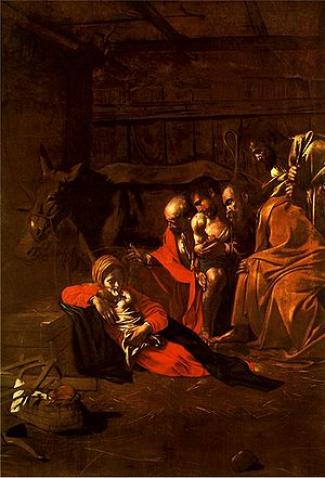For several weeks now, in the place where I pray, I have had a copy of the 16th and 17th-century Italian artist Caravaggio's "Adoration of the Shepherds." You see the four poor men, shoeless, unwashed, with unkempt beards and worn clothing, bent in quiet awe over the child Jesus and the clearly exhausted Mary.
Caravaggio almost always painted poor people. He wanted to remind the rich patrons who commissioned his paintings and the viewers who saw his paintings on the walls of the mansions and chapels of Rome's wealthy of the people God came to serve in Jesus. He wanted to remind those who had so much of their responsibility to care for the thousands of impoverished homeless people crowding the alleys and public spaces of Rome. In this painting the four shepherds, and even the figure of Mary, look as if they came straight from the streets of 17th-century Messina.
As I listen to many of you in the conversation that happens as committee members are gathering before meetings or the informal talk at meals or receptions at visitations, you speak of how the giving of gifts has changed for you over the years. You recognize who Christmas is for--those who have so little--and so, instead of an expensive gift for someone you love, you are giving a contribution in that person's name to Episcopal Relief and Development, the Annual Fund of the diocese, the B-SAFE program for vulnerable city children, Ecclesia Ministries with those who are homeless or any number of other nonprofits committed to caring for those who have so little.
What gratitude God has for you and for your deep comprehension of the meaning of God's incarnation. One of the shepherds in the painting has spread his arms in absolute amazement at the sight of God's humility in the child Jesus. May his wonder be yours in this Christmas season.
The Rt. Rev. M. Thomas Shaw, SSJE
Christmas 2011
A Christmas message from Bishop Shaw
January 03, 2012

